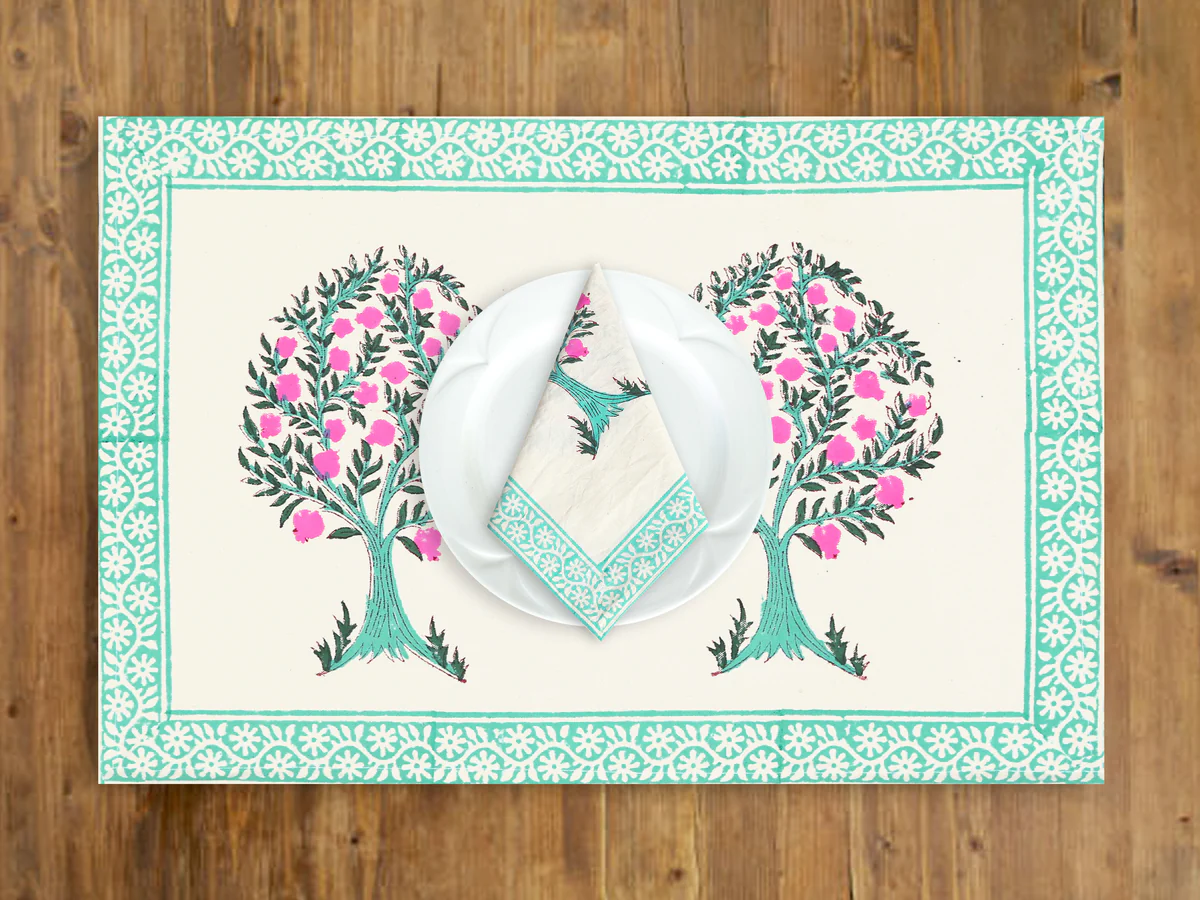Traditional Tales Told Through Rajasthani Brushstrokes

Rajasthan’s art is not confined to aesthetics—it is a living expression of stories, customs, and values passed down through generations. Every brushstroke in Rajasthani traditional art carries a fragment of oral storytelling, community memory, and symbolic meaning. The visual language in these artworks is deeply rooted in local beliefs and social practices, transforming them into more than mere decoration. This piece explores how stories are embedded within Rajasthani paintings, reflecting regional histories, spiritual ideologies, and natural surroundings.
How Do Rajasthani Paintings Serve as Storytelling Tools?
Rajasthani paintings, whether mural or portable, have historically acted as visual scripts. They complement oral traditions by translating spoken words into visual symbols. Artists often depict scenes from epics, folktales, and devotional songs to preserve cultural stories in a form that is accessible and lasting.
These artworks are designed to engage the viewer in a narrative journey. Each character, gesture, and backdrop contributes to unfolding a tale. In some cases, they are paired with performances or recitations. For example, painted shrines and scrolls are used in village storytelling, allowing multiple generations to engage with history and tradition.
Among these storytelling tools, Kaavad Art stands out as a multi-panel wooden structure used in religious storytelling. Each panel opens to reveal another part of a sacred or moral tale, combining craftsmanship with performance. This storytelling format makes it easier for viewers to follow the progression of events and internalise the moral or lesson being conveyed.
What Are the Most Common Stories Depicted in Rajasthani Art?
Rajasthani paintings often illustrate well-known narratives from Indian mythology, including:
-
Episodes from the Ramayana and Mahabharata
-
Tales of Krishna’s childhood and miracles
-
Folk stories like Dhola-Maru or Pabuji Rathore
-
Local saints and spiritual leaders
These stories are chosen not only for their cultural value but also for their emotional and spiritual impact. By retelling these narratives visually, artists help reinforce ethical teachings and collective memory. Moreover, the use of vibrant colours and intricate detailing adds emotional depth to each story, making them resonate with viewers from different backgrounds.
How Are Themes and Motifs Used to Convey Meaning?
In traditional Rajasthani art, themes are often centred around devotion, heroism, nature, and cosmic balance. These are communicated using consistent visual motifs such as lotus flowers (purity), peacocks (beauty and longing), and horses (valor and journey).
Artistic compositions also use spatial division to guide the viewer through different parts of a story. Scenes may be arranged sequentially within the same frame or across multiple sections of a scroll or shrine. In the case of Phad paintings, narratives unfold across an elongated canvas, often read from left to right, with each figure placed intentionally to guide the story.
These thematic and visual strategies allow Rajasthani paintings to serve as functional tools for instruction, memory, and spiritual engagement.
What Role Does Nature Play in Rajasthani Artistic Storytelling?
Nature, especially animals and birds, is a constant presence in Rajasthani paintings. It is not just used for background decoration but as active participants in the narrative. Animals are often symbolic, representing emotions, divine messages, or moral values.
Birds, for instance, frequently appear in rural and devotional settings. They are seen as messengers between realms—earth and sky, human and divine. Their inclusion adds lyrical and philosophical layers to the painting.
Collections like Bird on Canvas reveal how artists integrate avian forms with storytelling to express freedom, patience, or companionship. Each bird is stylised uniquely, with detailed feathers and expressive postures that reflect the tone of the scene.
This integration of nature not only enhances the aesthetic but also reinforces the story’s emotional and symbolic messages.
How Is Rajasthani Art Structured to Tell Multi-Scene Narratives?
Many Rajasthani paintings are not standalone works. Instead, they are part of a series or a long-format narrative. This structure is particularly evident in scroll paintings like Phad and portable shrines like Kaavad. These forms allow artists to present stories in a sequence, much like chapters in a book.
Each section of the painting represents a different event or turning point in the story. The artist uses consistent character styling, colour schemes, and spatial markers to maintain coherence. Visual repetition of figures or motifs helps viewers identify characters across different scenes.
This multi-scene approach enhances comprehension, especially in oral storytelling settings where the visual aids help narrators maintain sequence and engagement.
What Is the Role of Performance in Rajasthani Visual Storytelling?
Rajasthani painting traditions often function in tandem with performance art. This is evident in both religious and folk practices. For example:
-
Phad scrolls are narrated by Bhopa and Bhopi performers, who sing and explain each panel during community gatherings.
-
Kaavad shrines are used by itinerant storytellers, opening one panel at a time while reciting tales.
-
Folk dramas and puppet shows are also paired with painted backdrops, enhancing the experience through visual reference.
This synergy between image and sound helps convey the emotional and moral core of stories more effectively. It also ensures community participation, as these performances are often held in public spaces where people gather to listen, learn, and reflect.
How Do Artistic Styles Reflect the Region’s Cultural Diversity?
Rajasthan is home to a range of artistic styles, each with distinct characteristics that contribute to storytelling. Some notable styles include:
-
Phad painting (from Bhilwara and Shahpura): Long scrolls used in community worship.
-
Miniature painting (from Jaipur, Bundi, and Mewar): Courtly depictions with fine detail.
-
Wall paintings (from Shekhawati and Marwar): Murals in homes and havelis reflecting daily life and legends.
-
Kaavad painting (from Bassi and surrounding villages): Painted on wooden shrines for mobile storytelling.
Despite stylistic differences, all these forms share an emphasis on narrative clarity, symbolic representation, and cultural significance. Artists adapt their styles based on the medium and the intended audience, ensuring the stories remain accessible and memorable.
How Has the Shift to Digital Spaces Impacted Rajasthani Art?
With the rise of digital platforms, traditional Rajasthani art is reaching global audiences. While this offers opportunities for preservation and learning, it also presents challenges. One concern is the loss of context—without explanation, many viewers may miss the story behind the artwork.
Fortunately, curated digital collections and educational content are beginning to bridge this gap. For instance, Phad Painting Online provides access to traditional scrolls while offering information on their themes, usage, and creators.
Digital engagement also supports artists financially and socially, though efforts must be made to retain the original narrative and ethical significance of these art forms.
How Do Traditional Paintings Support Cultural Continuity?
Rajasthani paintings play a vital role in cultural continuity. They help communities:
-
Pass on ethical values and life lessons through visual storytelling.
-
Celebrate religious festivals by recounting the deeds of deities.
-
Commemorate local heroes and saints whose stories foster identity.
-
Connect with nature and moral order, reinforcing sustainable living values.
By keeping these practices alive, artists and audiences together maintain a living archive of regional wisdom, philosophy, and aesthetics.
The presence of these stories in visual form ensures that even non-literate members of society can access and internalise complex cultural and spiritual ideas.
What Are the Educational Uses of Rajasthani Art Today?
Educators and cultural practitioners are increasingly incorporating Rajasthani art into school curricula, museum exhibitions, and workshops. These initiatives highlight:
-
Visual literacy: Understanding how to read and interpret imagery.
-
Cultural history: Learning about regional differences and practices.
-
Moral education: Exploring the ethical dimensions of traditional stories.
-
Art skills: Practising techniques like brushwork, composition, and colour mixing.
Such educational efforts ensure that younger generations not only appreciate these artworks but also understand their deeper significance. They also open paths for new storytellers and artists to carry forward these traditions in innovative ways.






